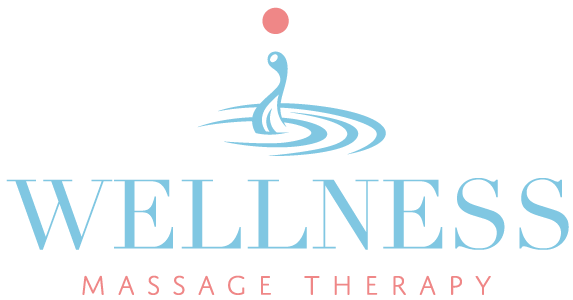Is your posture causing your headaches?
/Do you sit or stand all day? Would you say you sit up straight or do you feel you slump most of the day? This slumping could be the cause of your bodies aches and pains, especially headaches and neck pain.
The classic office posture involves hunching the shoulders up and slumping forward. When this happens the head naturally tilts backwards as the chin comes forward.
This posture then places a lot of load on the muscles that support your head and shoulders. The main muscles that become overused and then painful are the Upper Trapezius, Sternocleidomastoid, Sub-Occipitals, Levator Scapulae and the neck extensor muscles. Most of these muscles have trigger points that will then refer pain into the head. So the pain in your head is only being perceived in the head but the actual irritation to the soft tissues is in the neck and shoulders.
This irritation and overuse to the soft tissues is a gradual process. The pain may appear to be acute but it has actually been building up over time. It is always happening, sitting on the bus, slumping on the lounge, sleeping at night in a bad position. These small repetitions over a long period of time will gradually turn into a much larger problem.
In this posture the posterior soft tissues of the neck are compressed and the anterior tissues are lengthened. Greater pressure is placed on the posterior aspect of intervertebral discs than on the anterior, and the orientation of the facet joints changes. There is also compression of the fascia and skin on the posterior aspect of the neck. A bump can form at the back of the lower neck, sometimes referred to as dowager's hump, which can indicate tension in tissues of the chest.
So what can you do?
Well the first thing to do is to sit up straight. There is no magic exercise you can do or expensive chair you can buy to fix your posture. Posture involves awareness and breaking patterns that have been held for years. It sounds simple but noticing your posture and then changing it will be reprogramming your body/mind to actually change.
Exercises that can be beneficial include:
- Chin Tucks to strengthen the opposing muscles in the front of the neck and also to stretch out the back of the head/neck.
-Stretching the chest and the upper trapezius will help to release the tightened muscle tissue.
-Thoracic foam rolling to open the chest can reverse the curved, slumped posture.
For more information or to have an assessment and treatment contact us on 07711 943615 or email info@wellnessmassagetherapy.co.uk

